Merckx, Hinault, Froome: What happens when the Tour de France favourite doesn't start?
William Fotheringham looks back to the precedents of 1976 and 1983
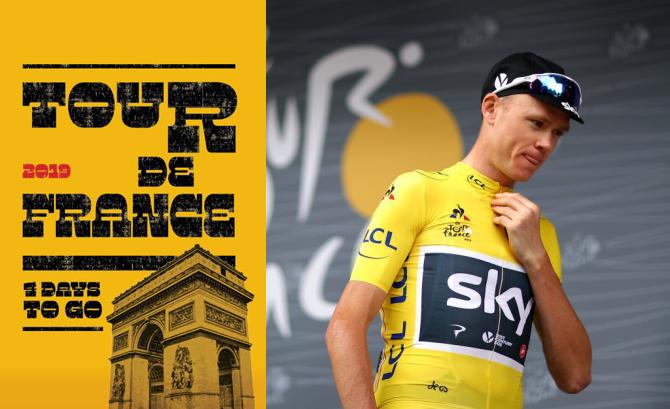
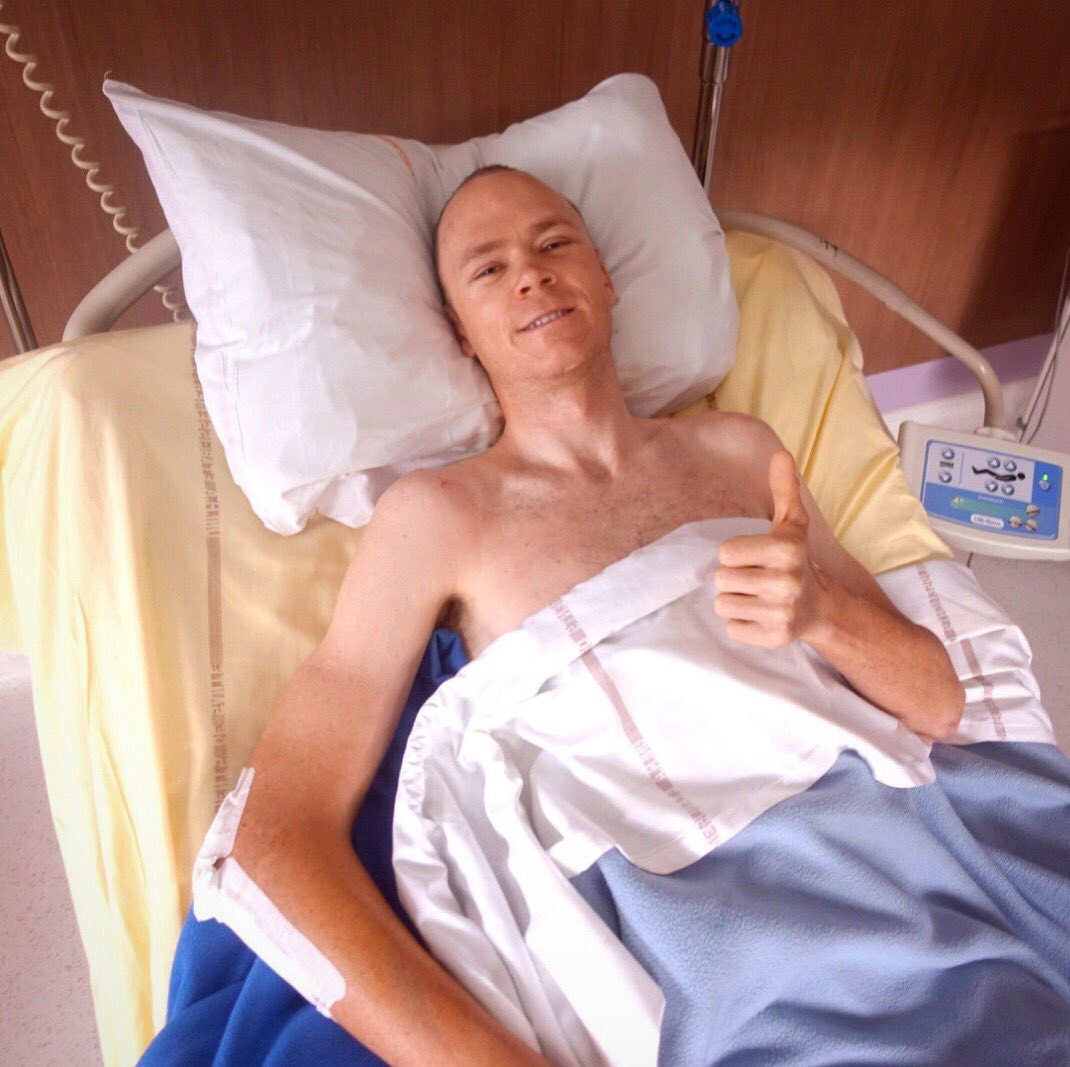
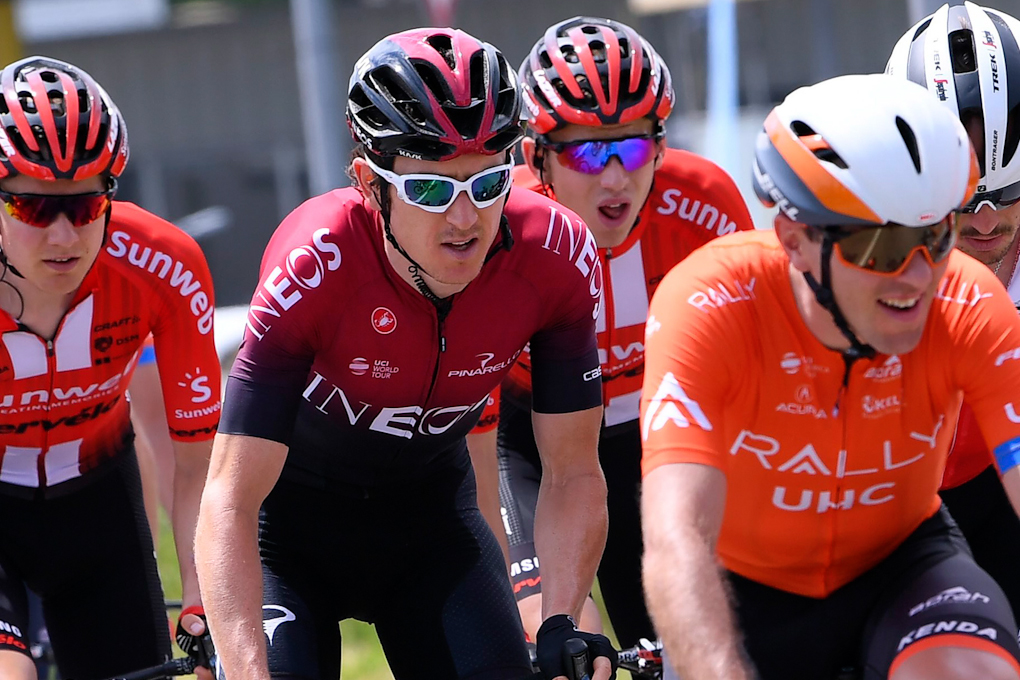
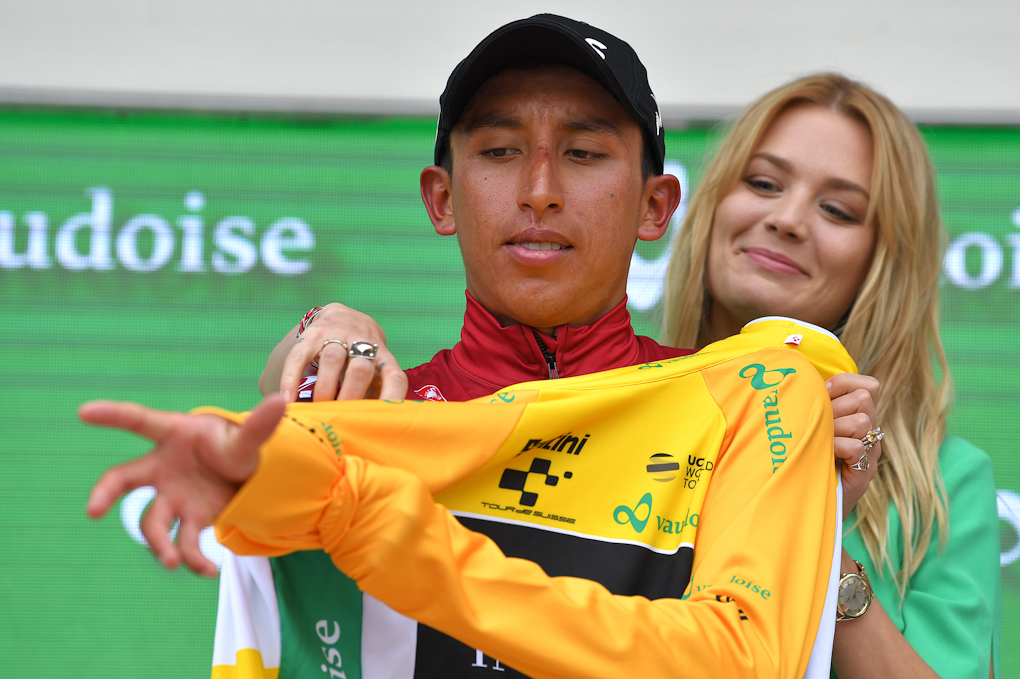
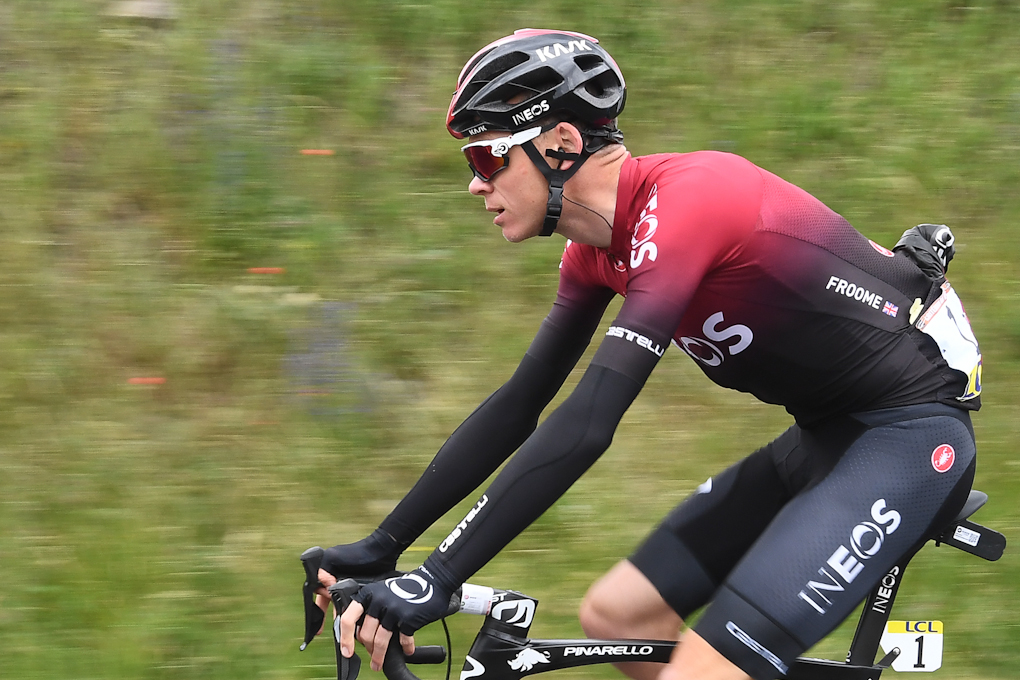
Chris Froome’s crash while warming up for a time trial in the Critérium du Dauphiné in mid-June could turn out to be the defining event of the 2019 race season.
It has not merely thrown the four-time Tour de France winner’s racing future into question – no matter how intense his desire and motivation, now matter how fervently you may wish him well, the seriousness of his injuries will make a return to his old self extremely difficult. In the blinking of an eye, the 2019 Tour completely changed its complexion.
Such is the power that a multiple Tour winner exerts over the race that all of a sudden there is more than a glimmer of hope for pretty much any of the wealth of riders who have found the Briton and his team unbreakable over the years.
No disrespect to Froome's Team Ineos teammate and 2018 Tour winner Geraint Thomas, but history shows that it’s a different matter coming back to the Tour after win number one compared to after win number three.
There are two historical precedents for the situation as the build-up to this Tour begins. In 1976, Eddy Merckx completed the Giro d’Italia with a boil in a delicate place. He could have pulled out of the Giro, had the boil lanced and then gone for another win in the Tour. Instead, Merckx being Merckx, he opted to finish the Giro for his Italian sponsor, Molteni. It seems incredible now, but with their star unable to ride the Tour, Molteni simply pulled the whole team.
Seven years later, Bernard Hinault won the Vuelta a España in spite of a nagging pain in the tendon behind his knee in the final week. A more conservative individual might have pulled out a couple of days from the end; Hinault being Hinault, he kept going. His withdrawal from the Tour was announced only on June 18.
As will be the case this year, both the 1976 and 1983 Tours included riders in the field who had won the race already: Bernard Thévenet and Luis Ocaña in 1976, Joop Zoetemelk and Lucien Van Impe in 1983. Like Geraint Thomas this year, Thévenet started the 1976 Tour as the defending champion, but was not in the form that had won him the 1975 race.
Get The Leadout Newsletter
The latest race content, interviews, features, reviews and expert buying guides, direct to your inbox!
Like Vincenzo Nibali (Bahrain-Merida) this year, Ocaña, Zoetemelk and Van Impe’s Tour wins were a few years distant. Lke Nibali, all featured on the list of favourites.
Why draw the parallel with those massively uncertain Tours when Ineos will go to Brussels this week at full strength behind Thomas and Egan Bernal? It's possible because the impact a multiple winner makes on any Tour is immense. Geoffrey Nicholson wrote of Merckx in 1976 that every race he rode had to be interpreted “in relation to his current form and immediate ambitions”. The same had to be said of Hinault.
This didn’t apply to every race that Froome rode, because of the sole focus on the Tour in the modern era, but it certainly applied every July, even last year. Imagine Thomas riding the 2018 Tour without Froome there as wingman. This year, the Welshman is facing that difficult second tilt at Tour victory – history shows that most riders win the Tour only once – and he’s doing so without showing his best form.
Suddenly, with a Merckx or a Hinault or a Froome out of the picture, every one of those riders who has said, every July, “but for that guy”, can hope again. It was Van Impe and Zoetemelk in 1976, then Zoetemelk, Van Impe and Phil Anderson in 1983. This year, it could be Romain Bardet (AG2R La Mondiale), Thibaut Pinot (Groupama-FDJ), Nairo Quintana (Movistar) and Nibali who are given hope.
These ‘interim Tours’ can throw up improbable scenarios; no one would have expected Van Impe to win the 1976 in quite the way he did, or Laurent Fignon to take the 1983 Tour at all.
On which note, for those who assume or hope that this year’s Tour will see the end of Sir Dave Brailsford’s riders’ domination of the Tour, think back to 1983. That year, Hinault’s directeur sportif, Cyrille Guimard, effortlessly performed his magic again. With the aplomb of a conjuror whisking a rabbit out of a hat, he unleashed the young Fignon on the cycling world, at 22 years of age, one of the youngest-ever Tour winners in his second year as a pro.
Fignon’s precocious trajectory prior to July 1983 was surprisingly similar to that of Egan Bernal, named as Ineos’s co-leader alongside Thomas. Fignon had finished 15th in the Giro and 7th in the Vuelta, both times helping Hinault to the win. Bernal finished 15th in the 2018 Tour, helping Thomas along the way.
Let’s leave the final word to Nicholson, who wrote in 1976 that he was expecting a Tour where the field would not wait for Merckx to make up his mind, or to make up their minds for them. With any luck, that is what we might see from this Saturday.